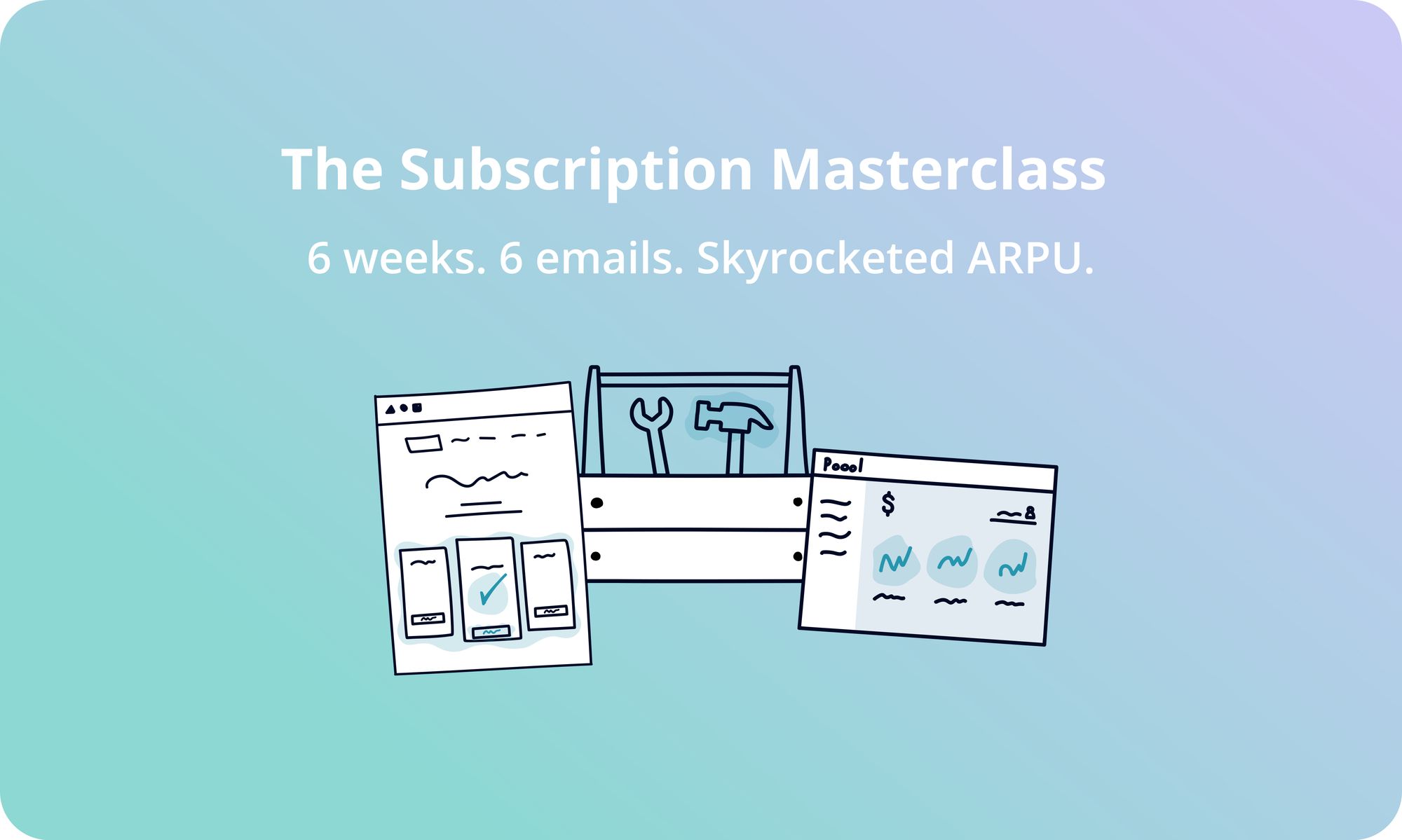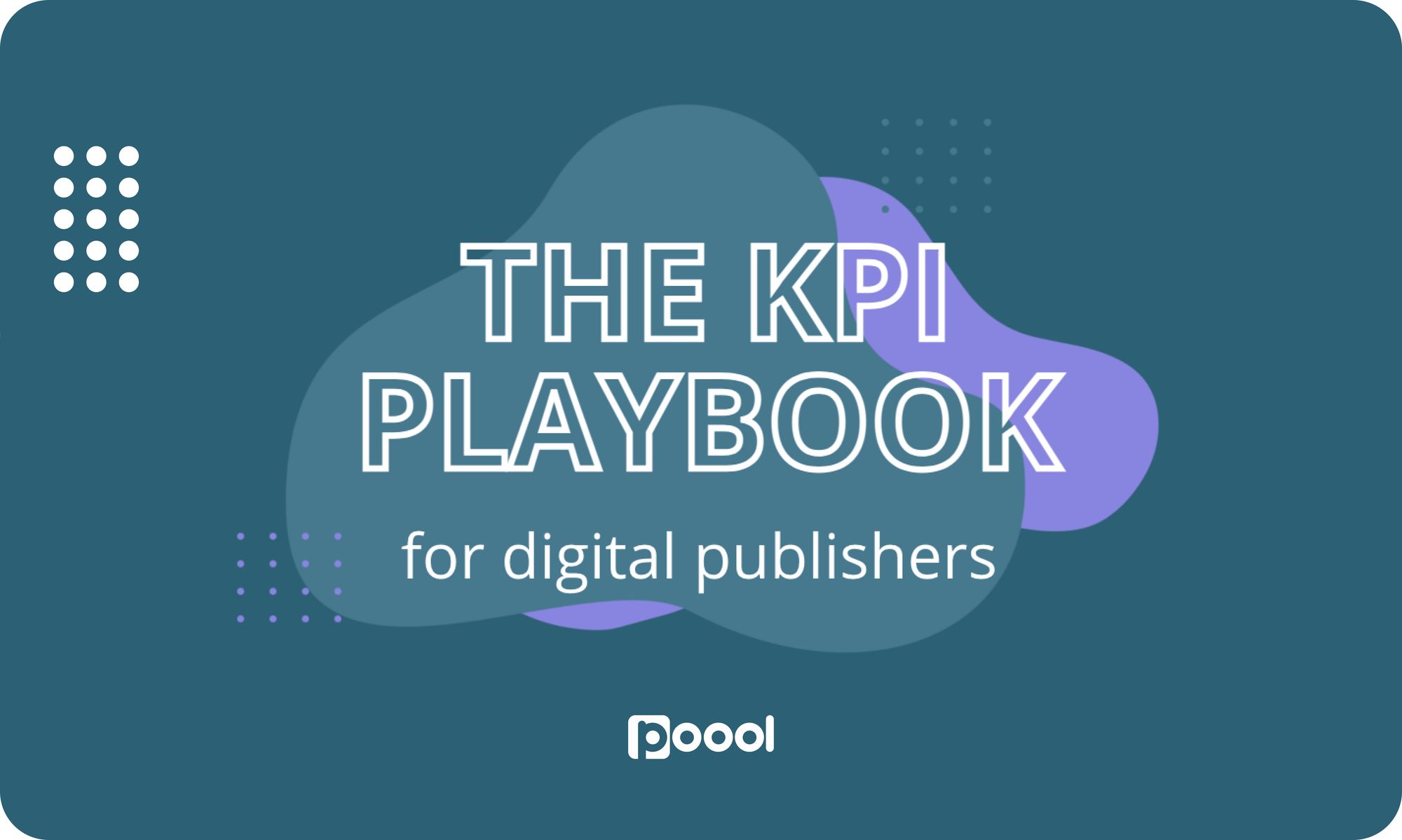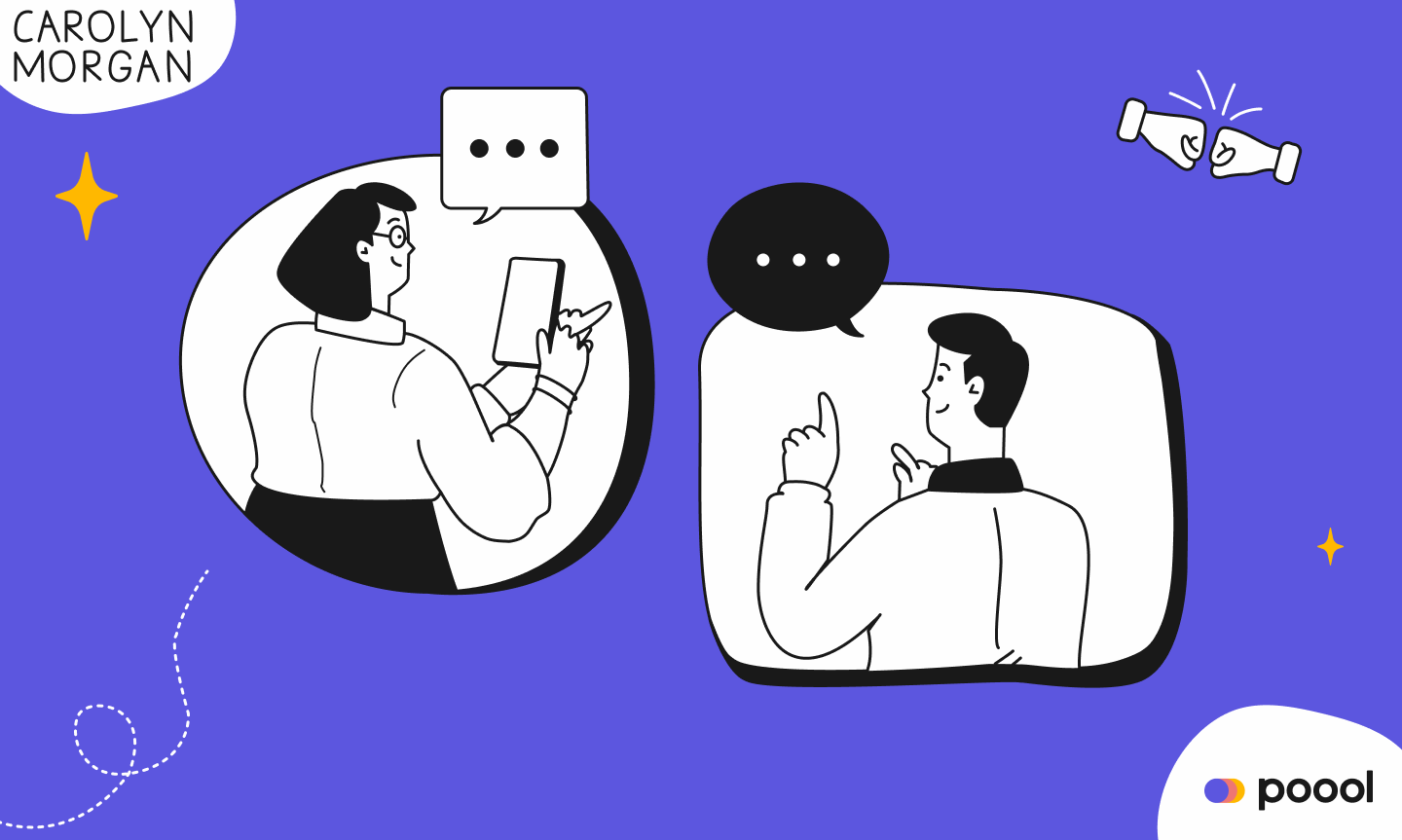For this ‘In Conversation With’, I chatted to Carolyn Morgan, founder of Speciall Media, to discuss the threats and opportunities facing digital publishers today.
This conversion wrapped up:
- What challenges are the industry facing
- How can registration, membership and subscription provide solutions to these challenges and huge opportunities
- How can publishers succeed with these models
- And how can you compete for a place in your reader’s wallets?
You can find out more about Carolyn and her work on the Speciall Media website.
Prefer to listen to the podcast?
The biggest threats and opportunities facing digital publishers today
The first thing to note is that it was only about 5 or 10 years ago that it was simple for digital publishers to monetize their content because they were charging for a physical product, whether that was a print magazine or in-person events. It was a thing, and people could see that there were costs attached to making it. This is a trap a lot of publishers seemed to fall into - they thought of digital content as an add-on, as a bonus for their core print customers and something that could be funded by advertising, so they didn’t need to charge for it.
But, of course, ad rates have been falling for the last few years, print sales are in decline, in-person events haven’t been able to happen… so what was the add-on is now the main business, and you just can’t cover editorial and tech costs with advertising, it just doesn’t add up.
Publishers are therefore looking to develop 3 or more revenue streams on their digital platform: from readers, advertising, events and sometimes e-commerce (particularly for B2C publishers).
Despite the challenges it brings, the move from print to digital brings the opportunity to collect intel and analytics on who your readers actually are - it’s the move from anonymous audiences to some form of registration. With this, publishers can track one reader over time, how often they come back, what they read etc and target marketing campaigns to achieve the most optimal results.
So, yes, there’s been some tensions and challenges over recent years but there’s also opportunities.
The advantages of membership and subscription models
What’s interesting here is defining your terms, because everyone uses slightly different definitions.
Firstly, there’s free sign up, that we’re calling registration. This is the step that usually precedes subscription, going from anonymous audiences to being able to track individuals and profile them.
This is valuable for the publisher, but the act of registration also means something for the user. It shows them as making a commitment, building a more significant relationship with the publisher, developing trust and implying that they’re likely to come back to the site again.
According to data, readers who have registered are 5 to 10 times more likely to take up paid subscriptions in the future.
Therefore, if you’re looking to move into paid subscriptions, you’ve also kind of got to do registration, because then you work out which users are actually good prospects, without you needing to market to everyone.
As for the paid propositions, this refers to membership or subscription here. And whilst subscription is often about access to content, membership implies something more than that - it could be an online community or in-person events, but it’s really an opportunity to meet other members. When you think about being a member of a club, for instance, you don’t just talk to the organizers, you talk to other members. And it’s this that makes membership so successful for publishers, especially niche B2B markets where users feel an affinity to each other, they think they can learn from talking to other, like-minded members.
At Poool, soft conversion steps such as registration play a huge role in paid proposition models. Not only do they provide hugely valuable data about readers to inform marketing decisions, but they also help to engage and qualify audiences to increase their propensity to subscribe, as proven by our client's conversion rates here:

This supports the difficult task of balancing frustration and engagement that’s essential for converting a user into a subscriber.

A hugely competitive market
With so many publishers moving to subscription models, is there a risk that readers will be overwhelmed with offers?
This is a real problem, especially for streaming services where you’re kind of getting the same stuff whether you subscribe to Netflix, Amazon Prime or Disney+.
But, for publishers, this actually forces them to be targeted in their marketing and seek to differentiate their product, ensuring they offer something unique, targeting a specific audience and giving them something they can’t find elsewhere.
This means subscription models work well for niche publishers, but less so for news and gossip. Readers can find this pretty much everywhere, such as on social media, without needing to pay. In this instance, it’s best to employ a freemium strategy, where some content is free, attracting audiences and funded by advertising, whilst the rest is premium. This perhaps involves more in-depth, long-read and exclusive content that can be targeted to a subset of a publisher’s overall audience, users who will pay to get access to this content that they can’t get elsewhere or on the free part of your site.
In short, the free part works as your marketing and acquisition strategy to build an audience, hopefully contributing to your registration base for data collection, and then there’s a segment of users within that who can be targeted for your premium proposition.
It’s a big funnel - you start with a large audience, you filter them through registration to see who’s engaged, they become more habituated to your content, building up trust and engagement to the point that they reach a sweet spot where you can ask for money. And this funnel is a two way street, you can collect data about these audiences, learning more about readers and targeting them, whilst they simultaneously become more likely to subscribe. You’re learning about each other.
Subscription for smaller publishers
It’s one thing for Netflix and Disney to compete for a space in these markets but they have the money behind them and are less reliant on advertising like a lot of publishers, who have survived on this revenue stream for years but now need to diversify and monetize directly from readers through subscription.
To do this successfully, the first thing is to be focussed, clearly defining who your audience are. The starting point, as mentioned, is definitely registration, building a database and then learning about what readers are interested in, gain analytics, perhaps run surveys or interviews to actually talk to people. This gives you a feel of what users really value.
What’s also important is remembering that you can’t charge for what you used to give for free. You have to give something extra, otherwise users won’t see why they should subscribe. This could be access to an archive of content, recordings of events, etc, but come up with a package that’s unique and will appeal to your particular audience.
Example: BBC Good Food offers recipes and articles in a magazine, online and via an app. However, they recently launched a premium strategy on their app, moving from all-free content to premium only. Importantly, though, they don’t simply provide content from the website (which is free to access online) they’ve worked hard to provide additional value in exchange for the subscription payment, such as UX features like being able to save content for later, an ad-free experience and video masterclasses. Listen to Alex White discussing this in InPublishing’s podcast.

Then you start to test with your best customers, and keep iterating - learning about what people actually read to see then what you need more of.
This whole process could take a year, it could take 2 years. Carolyn mentioned, for example, how she’s currently working with a few publishers and, for one, it’s been a year now and they’ve got a good 6 figure sum of subscribers coming in, so it is working but it’s quite slow, it’s not going to happen overnight.
In summary, the steps are to find your niche, define the value you’re providing, communicate this well in a clear value proposition, increase engagement through registration to also learn about your audience and then move to subscription, take it slowly and develop all this over time.
Are subscription models doomed?
Netflix lost subscribers for the first time in over 10 years, CNN+ streaming service is shutting down just weeks after launching and Quartz is moving away from paywalls to newsletter-only subscription…what does this tell us about the future of subscription models?
The more nichier you are, the easier it is to succeed in the subscription side of revenue. A lot of these examples of publishers struggling are in the news world, where it’s tougher because you’re always competing with the likes of Twitter and BBC who offer free content. This means you have to work quite hard to explain why something you offer is different.
Each market definitely has their differences, and whilst some have big budgets and decide to maximize reach by offering free content only, collecting revenue from advertising alone, this isn’t possible for others who instead target a subset of audiences with a niche focus to the point where they’re prepared to pay for premium offers.
So, you need to understand the balance of where the money is - how big is your ‘enthusiastic reader’ segment, how big are your advertiser demands - and you might balance the free vs paid accordingly.
Example: Financial Times is well known for its hard paywall and subscription offers that are pretty expensive compared to other publishers. But they recently launched FT Edit, a light product that provides just 8 articles a day. It’s early days and it’s currently free but it’ll soon be sold at a lower price than their main offer.
So, perhaps they looked at their audience and noticed how they have their hardcore subscribers, who pay £300/£400 a year, and then maybe there’s some readers who are interested in their content, but not yet enough to subscribe, and can’t access any content because of the paywall. FT Edit therefore helps to get a pipeline of readers, developing an engagement funnel that they previously didn’t have.

This technique is definitely interesting, establishing a couple of tiers of premium offers, offering a light product that’s aimed at a subset of audiences who are maybe early-career, don’t have big budgets, but could afford a simplified offer.
This light product can also be used for users wanting to cancel their subscription. We all know retaining is more valuable and less costly than acquiring, so this simplified premium offer can be offered as an alternative to losing the subscriber altogether.
So there’s the simple decision of free vs paid but also the tiers of premium.
Carolyn’s 3 takeaways to help digital publishers survive in this constantly changing environment:
Firstly, know your audience. There may well be multiple segments within your audience who have different interests, so have a think about the structure of your audience. And registration helps a lot in this, allowing you to collect data and get to know your audience, using email newsletters to send readers back to the site.
The FT, for instance, notices where readers have an interest and uses this to send content, and premium offers, that will interest them.
So start to build an intelligence on your audience, develop loyalty and it’ll become a lot easier to market your paid subscription offer.
Secondly, look at your competitors to ensure your content is unique and distinctive because, if people can get it somewhere else, they aren’t going to pay. Be tough on yourself - find exclusivity to offer something that no one else has got.
Thirdly, if there is an enthusiastic sub-group who you think might be interested in a paid subscription offer, research them, test a proposition and iterate. It’s a job that’s never done, you have to be prepared to keep evolving and keep adding new stuff, to gain new subscribers but also keep your existing subscribers interested for retention.
Thank you to Carolyn for speaking with us for this ‘In Conversation With’ episode! Find out more about her work online and we invite you to also read her article dedicated to this same topic - threats and opportunities for digital publishers.
You may also be interested in:






